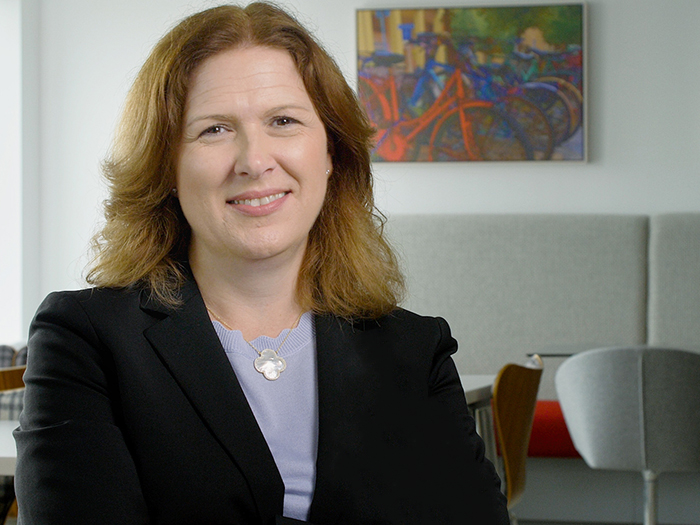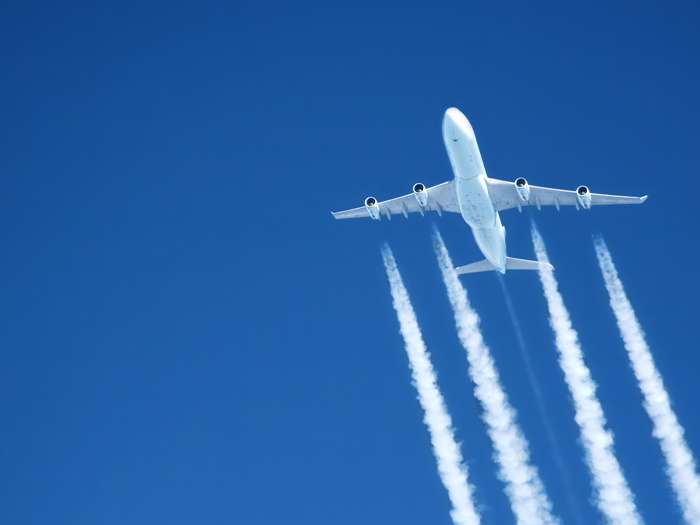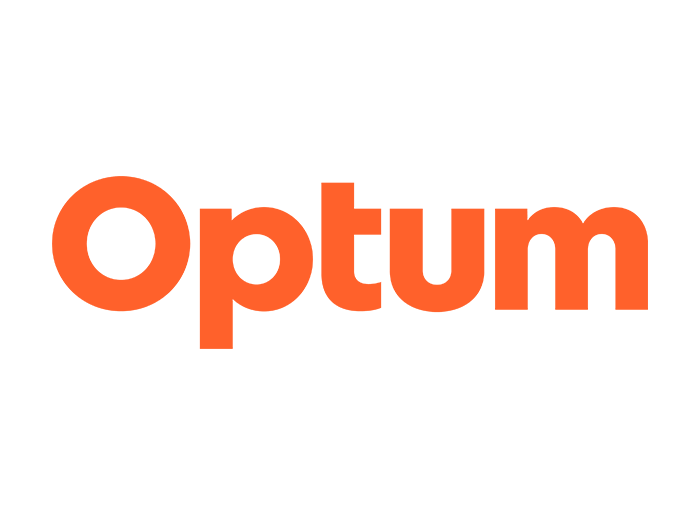5 Questions for Allied World’s Kelly Doherty Schaffner on Claims Litigation

As COVID-19 claims and litigation begin to roll in, many in the business community are questioning how litigation in the general and professional liability space may play out post-pandemic.
Prior to the pandemic, social inflation and nuclear verdicts joined forces to create a hardening market for general and professional liability insurance markets.
Now as the pandemic wanes, business owners are wondering if their efforts to combat the pandemic will sway jurors away from anti-corporate bias or if their ire will increase due to an ever-widening wealth gap.
To get a sense of how litigation management for general and professional liability claims is evolving in the wake of increased social inflation and the COVID-19 pandemic, Risk & Insurance® sat down with Allied World’s Kelly Doherty Schaffner, executive vice president, head of North American claims, North America claims group.
R&I: How did you get your start working in risk management and insurance? How did you come into your current position?
Kelly Doherty Schaffner: During law school, I accepted an internship in the litigation group of the legal department at a health insurance company, so that was sort of my first introduction to the industry.
While there, I really got a taste of the variety of the issues that can arise, and I developed an appreciation for the challenges and the opportunities of a career in insurance in the life and health space.
I stayed there for a couple of years after the internship ended. From there, I decided I wanted to expand my insurance knowledge and joined a professional liability carrier, and that was the first time I started directly handling claims. It was directors and officers claims, financial errors and omissions and some employment practices claims as well.
I quickly became a manager there and found my passion for working with others, helping them develop both their technical skills and their career development. And I’ve stayed on the management track throughout the rest of my career since then.
Following the nine years there, I joined another professional liability carrier, which was subsequently acquired by Allied World.
I’ve been with Allied World for about 14 years now. Over that period of time, Allied World has experienced a tremendous amount of growth, and I’ve been fortunate enough to have opportunities to grow along with the company in my roles within the claims organization.
I started out managing the errors and omissions team, then over time added the other professional lines teams, including directors & officers, employment practices and health care, to my responsibilities.
Last March, my role as the head of the North American claims group was created. So, I now have oversight over and responsibility for the casualty claims teams and our programs claims group, as well as the professional lines folks whom I had previously managed.
R&I: What are some lessons you’ve learned over the years as you’ve taken on more responsibility as a claims executive?
KDS: I would say the most important thing I’ve learned is that people are our most critical resource and asset within a claims department.
I’ve learned that communication is really key to the success of a claims team. And it’s my responsibility as a leader to create an environment where people feel comfortable sharing their ideas with one another and with their managers as well.
Certainly, I’ve learned the ability to adapt is also critical. As I mentioned, we’ve had tremendous growth at Allied World in the time I’ve been here, and adapting the claims team to that growth has required me to adjust my management style as well, as we’ve added lines of business and more people to the team.
One other thing I’ve learned is that providing continual learning opportunities to our claims professionals is really critical to our success. It helps ensure we’re providing the highest level of service to our customers.
We need to stay attuned to what’s going on in the claims environment, in litigation trends so that we’re able to respond to our insureds with respect to their needs when a claim comes in.
R&I: What are some trends you’re seeing in general and professional liability claims?
KDS: Some of the trends we’re seeing arise out of the statutory changes that we’ve witnessed, particularly in states where these reviver statutes have come along, which extend out the statutes of limitations around certain types of claims. That has led to an increase of certain types of claims being made.
We’re also watching closely the regulatory environment, which definitely has the potential to impact across lines of business depending on how active different agencies become in pursuing claims.
We’ve seen a little bit of increased activity with some of the regulators, so we continue to watch what the SEC is doing, the FTC, and the EEOC.
And then there’s certainly a lot in the news every day around cyber and ransomware cases. We’re actively monitoring those trends around the latest tactics that the threat actors are employing with respect to ransomware and malware.
R&I: How are issues like social inflation affecting the litigation management space?
KDS: Social inflation is something we’ve been talking about for many years now. It has definitely had a major impact across all of our lines of business. Large jury verdicts and legal advertising are so prevalent in our society these days.
They really do play a significant factor in influencing plaintiffs’ expectations in their own claim, and consequently, it makes it more difficult from the defense perspective to develop what we think is a reasonable resolution strategy.
We have to be able to adjust and respond to those expectations that the plaintiffs have due to what they’re seeing in the media.
I have to say, I am a bit more encouraged than perhaps I was a couple of years ago, because I think there’s more of a recognition and active discussion on the defense side these days about social inflation issues and what can be done from a defense perspective to combat some of this anti-corporate bias that we’ve seen coming from juries.
I think, for many years, the plaintiffs’ bar has been very coordinated and very proactive in sharing with one another different techniques for how they present cases.
Now we’re seeing some activity on the defense side of the bar where there’s more sharing of ideas and potential approaches and strategies to combat some of the plaintiffs’ techniques. So, I think we are making some strides from a litigation management perspective in that vein.
R&I: What effects do you think the pandemic will have on general and professional liability litigation?
KDS: I am very curious to see what impact the pandemic may have on jury verdicts as the courts are opening up and trials are restarting.
We’ve seen a bit of a mix so far in the few cases that have gone to trial, but I think it’ll be very interesting to see whether that anti-corporate bias continues to play out in jury deliberations and whether there’s a difference if the defendant is a smaller business versus a larger corporate entity.
I think for some folks there may be a more positive view of some corporate defendants — if they’ve been able to work remotely, if people haven’t lost their jobs. Corporations have done the right thing in many instances throughout the pandemic for their employees and for their customers. So perhaps we’ll see a little bit of a lessening of anti-corporate bias.
Although there’s also the opposite side of that argument. We’ve seen the wealth disparity growing in the United States during the pandemic, and so, are juries going to look at these corporate defendants and say, “Look at how many people have suffered economically throughout this time and you’ve continued to profit, so you can afford to pay this large award to a plaintiff to right this wrong?”
It will be very interesting to see what impact the pandemic has on jury deliberations as we go forward.
In addition to that, there’s a lot in the news about supply chain issues and the lack of some supplies and parts for various kinds of projects and manufacturing. Are we going to see claims coming out of delays whether in the general liability or professional liability context?
And then certainly on the employment practices side, where we’re mindful and watching to see what comes as the workforce goes back to the office. Will there be an increase in any claims arising from pandemic issues? We haven’t seen an influx to this point, but it’s definitely something to watch. &










